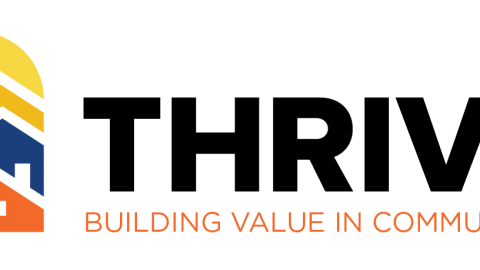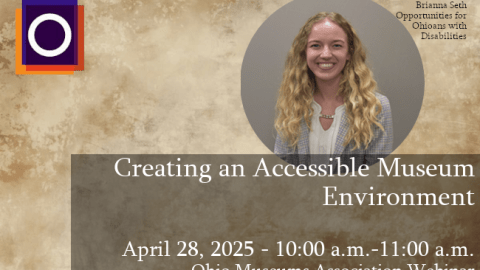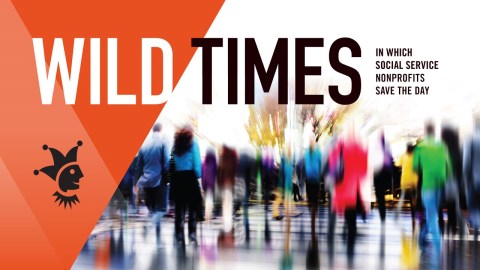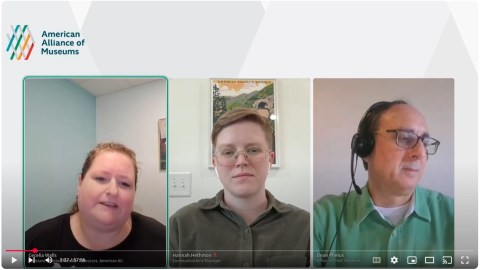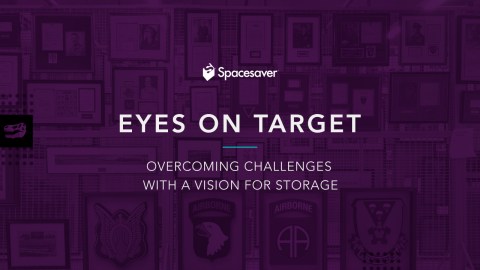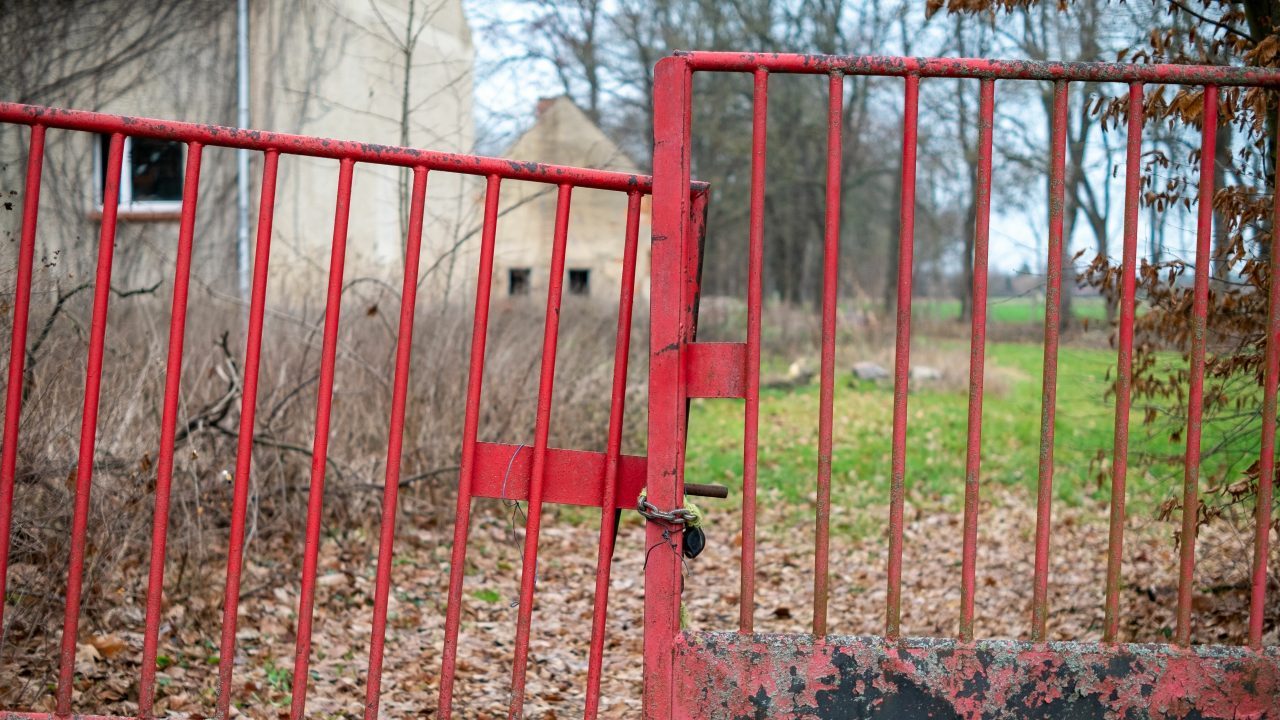
After more than two decades of experience in human resources (HR) and diversity, inclusion, and belonging roles, I’ve had the privilege of witnessing the inner workings of these departments across a diverse array of sectors, including museums, colleges, universities, hospitals, and law firms. Throughout all these experiences, I’ve seen how HR stands as a linchpin in shaping organizational culture and propelling employee engagement. I also have solutions to share to move the needle on inclusivity and improving your culture.
In the intricate tapestry of HR management, two prominent approaches emerge, each casting its unique influence on workplace dynamics: the transactional and the transformational. In the transactional approach, HR upholds the status quo, focusing on routine functions that maintain current systems and processes. In the transformational approach, HR disrupts the status quo, aligning the staff and organization for strategic growth and change. Among other things, these approaches can yield divergent outcomes when it comes to diversity, equity, accessibility, and inclusion. Transactional HR can hinder inclusivity, prioritizing standard procedure over systemic change, while transformational HR can challenge existing norms, leading the organization toward more equitable alternatives.
As survey data shows, these issues of organizational culture are a pressing concern in American museums. For example, Museums Moving Forward’s Workplace Equity and Organizational Culture in US Art Museums report found that 40 percent of art museum workers believe their workplace culture negatively affects their health, and 66 percent say they have experienced discrimination. Eye-opening responses like these should be a beacon pointing HR departments to reevaluate their practices. Put simply, when the gatekeeper isn’t healthy, the people aren’t healthy.
In this blog post, I’ll outline what a healthy and unhealthy gatekeeper looks like. I’ll first share some of the major problems with HR practices I’ve seen throughout my career, then discuss solutions you can use to address them.
The Problems
Missing Diversity and Inclusion Policies
While many cultural institutions claim to prioritize diversity and inclusion, fewer make a point to create and implement concrete HR policies reflecting this commitment. As a result, their practices create rather than remove barriers for staff from underrepresented groups. An example of this is return-to-work policies following pandemic shutdowns, which have been criticized across industries for their inequitable implementation. The Workplace Equity and Organizational Culture in US Art Museums report raised these concerns for our field, showing that hybrid work privileges were more often afforded to full-time, non-disabled, and senior museum employees in art museums.
Unconscious Bias in Recruitment
Human biases, whether conscious or unconscious, can significantly impact the recruitment process. From job descriptions that inadvertently favor certain demographics to biased interview questions, HR practices can perpetuate exclusionary dynamics. For example, studies show that applicants are often overlooked because of the perceived ethnicity of their names—a hidden bias that impacts millions of job seekers.
Limited Accessibility Initiatives
Cultural institutions may not have robust accessibility initiatives in place. This includes accommodating individuals with disabilities both in terms of physical accessibility and the provision of accessible resources and information. Older cultural institutions with older buildings may not be able to retrofit or remodel to provide accessibility for both staff and guests, such as by providing wheelchair access to ascend between floors. Organizations might also avoid hiring individuals with disabilities because of concerns about providing the physical accommodations or workstations needed to perform the job.
Exclusive Work Cultures
Exclusive work cultures that do not embrace diversity and fail to address microaggressions can alienate employees and visitors alike. Work cultures that are predominately one race, ethnicity, or gender are more likely to create uncomfortable situations for people outside of these majorities, including daily microaggressions that make them feel marginalized and oppressed. These could be casual water cooler conversations about uncomfortable or difficult subjects—topics that may seem harmless to some but feel devastating to others.
The Solutions
Equitable Recruitment Processes
Implementing unbiased recruitment processes, promoting diverse hiring panels, and conducting regular diversity and inclusion workshops for HR staff can help eliminate discriminatory practices. Here are some specific practices to consider:
Blind Resume Screening
Implementing blind resume screening is an effective way to mitigate unconscious biases during the initial stages of hiring. By removing personally identifiable information such as names, genders, and ethnicities (for example, culturally specific fraternal organizations, school clubs, etc.) from applications, recruiters can focus solely on the qualifications and experience of applicants. This ensures a more objective evaluation and helps create a level playing field for all candidates.
Hiring Manager Training
This includes educating them on the importance of diversity and inclusion as well as providing tools to recognize and overcome biases. Offering workshops or seminars specifically addressing inclusive hiring practices can enhance awareness and equip managers with the skills needed to build diverse teams. Develop standardized training modules or resources that cover various aspects of bias, including unconscious biases, and make them accessible to all employees involved in recruitment.
Consistent Hiring Practices
Addressing inconsistency in HR hiring practices requires a top-down approach. Develop clear guidelines and standardized procedures for the entire hiring process. This includes how you write job postings, how you conduct interviews, and how you make decisions. Regularly review and update these guidelines to align with evolving best practices, ensuring a fair and inclusive process for all candidates.
Metrics and Accountability
Implementing metrics to track the diversity of the applicant pool, as well as the hiring outcomes, is essential. Regularly review and analyze these metrics to identify areas for improvement. Establish accountability measures to ensure that diversity goals are met, and consider tying performance evaluations to inclusive hiring practices. For example, consider who is making decisions in areas like purchasing, policy making, and hiring. Evaluate the representation metrics among hiring managers and examine how they are selecting individuals for roles and responsibilities within the institution. Using data to identify strengths and weaknesses in the institution, barriers to opportunities and innovation can be invaluable in creating an inclusive culture.
Accessible Facilities and Resources
Cultural institutions must prioritize making their physical spaces and resources accessible to individuals with disabilities. This might include providing information in multiple formats and accommodating different learning styles, translating signs into multiple languages, and including individuals with disabilities early in planning meetings to avoid mistakes in the construction process. Asking who is not at the table and should be is one way to be inclusive and demonstrate a level of commitment from the institution.
Promoting Inclusive Cultures
HR should actively work towards fostering an inclusive work culture. This involves addressing unconscious biases, promoting diversity at all levels, and creating spaces where employees feel valued and heard. Here are some practices to consider:
Ongoing Staff Training
Make diversity and inclusion training an ongoing initiative rather than a one-time event. Continuous education helps reinforce positive behaviors and ensures that employees stay informed about the latest best practices. Utilize various formats such as webinars, interactive workshops, and online resources to accommodate different learning styles.
Middle Management Training
Middle management is vital in driving organizational culture and hiring decisions. Offer training programs specifically tailored to middle managers, focusing on diversity, inclusion, and leadership skills. Equip them with the tools to champion inclusive practices within their teams and to serve as advocates for diversity at all organizational levels.
Employee Resource Groups (ERGs)
Encourage the formation of employee resource groups, also known as affinity groups. These groups provide a platform for employees to share experiences, offer insights, and contribute to shaping more inclusive hiring practices. Engage with ERGs to gather feedback and involve them in the decision-making process. Some companies have used ERGs to create new products and designs to be competitive in their industries. Setting expectations and guidelines will assist in setting the stage for how the groups can be beneficial to the entire institution.
Community Engagement
Cultural institutions should actively engage with their local communities to understand their needs and preferences. This can inform HR practices and ensure that the institution is accessible and relevant to a diverse audience. Attending diverse community events, like job fairs, volunteer fairs, health fairs, education fairs, and cultural festivals, demonstrates the willingness to meet new people and network beyond their respective institutions. Actively engaging rather than passively sitting back and waiting for someone to apply for opportunities can increase the applicant pool.
Retaining Your Most Valuable Asset—Your People
Breaking down the barriers to access in cultural institutions requires a concerted effort to reform HR practices. As gatekeepers of organizational culture, HR departments have the power to foster inclusivity and ensure that these institutions truly reflect the diverse fabric of society. By challenging existing norms and embracing innovative, inclusive practices, HR can lead the way in building cultural institutions that stand as beacons of diversity and belonging and recognize employees as the organization’s most valuable assets. It is time out for being transactional. It is time to be transformational.

